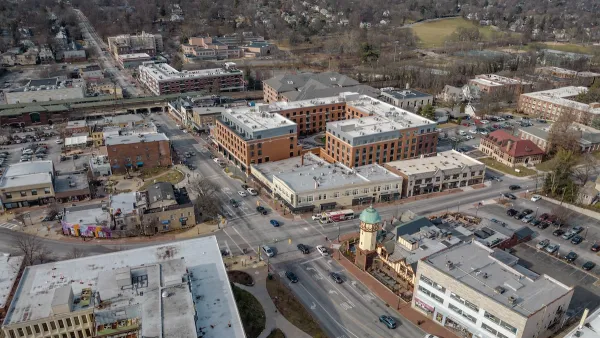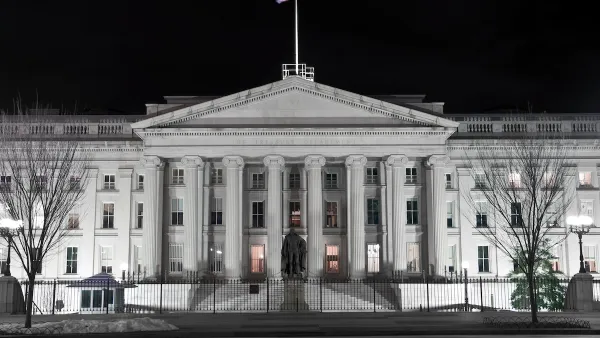When corporations move out of the suburbs, they leaving behind largely unprofitable corporate campuses. Loss of property value and tax revenue follow in the communities they left.

Past decades have seen a trend of major corporations moving their headquarters away from suburbs and small cities and toward larger cities or, in some cases, remote work environments. "Suburban business parks are as outdated and obsolete as fax machines," writes David Bernstein in an article tracking 'big empties,' the "sprawling, once-trendy corporate campuses left behind in the suburbs as companies increasingly relocate to urban centers."
Developing technologies enabled companies like Kmart, McDonald's, Motorola Solutions, and Kraft Heinz to leave their corporate campuses, says Bernstein. It's no longer necessary for all employees to work from a central office. The emptiness of once-booming business centers has consequences for the communities in which they stand. Bernstein traces examples of unoccupied corporate campuses that, without tenants, lose property value and tax revenue leaving local government to pick up the slack.
The vacant campuses now face one of two futures: continued vacancy or demolition. In the case of an AT&T campus that has lost more than $6 million in value over the past five years, plans are being developed to build a 'metroburb,' complete with retail, restaurants, office space, and housing in its place.
FULL STORY: The Big Empty: How Corporate Headquarters Have Abandoned America’s Suburbs

National Parks Layoffs Will Cause Communities to Lose Billions
Thousands of essential park workers were laid off this week, just before the busy spring break season.

Retro-silient?: America’s First “Eco-burb,” The Woodlands Turns 50
A master-planned community north of Houston offers lessons on green infrastructure and resilient design, but falls short of its founder’s lofty affordability and walkability goals.

Delivering for America Plan Will Downgrade Mail Service in at Least 49.5 Percent of Zip Codes
Republican and Democrat lawmakers criticize the plan for its disproportionate negative impact on rural communities.

Test News Post 1
This is a summary

Test News Headline 46
Test for the image on the front page.

Balancing Bombs and Butterflies: How the National Guard Protects a Rare Species
The National Guard at Fort Indiantown Gap uses GIS technology and land management strategies to balance military training with conservation efforts, ensuring the survival of the rare eastern regal fritillary butterfly.
Urban Design for Planners 1: Software Tools
This six-course series explores essential urban design concepts using open source software and equips planners with the tools they need to participate fully in the urban design process.
Planning for Universal Design
Learn the tools for implementing Universal Design in planning regulations.
EMC Planning Group, Inc.
Planetizen
Planetizen
Mpact (formerly Rail~Volution)
Great Falls Development Authority, Inc.
HUDs Office of Policy Development and Research
NYU Wagner Graduate School of Public Service





























